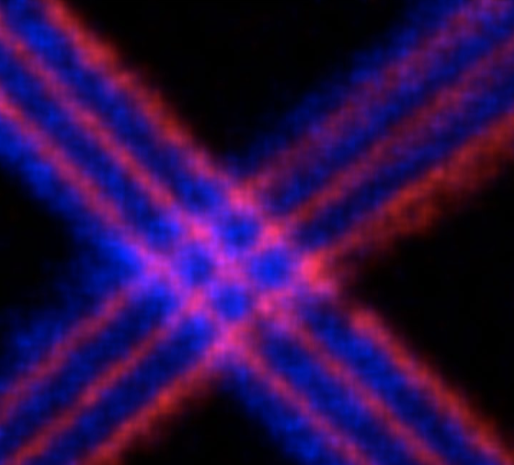Memristors built with 2-nanometer-thick parts
Ars Technica » Scientific Method 2018-11-14

When two blocks are set down on top of each other, they're oriented so that they have nine intersections. (credit: Pi et al.)
Phase-change memory seems to offer the best of both worlds: the speed of current RAM with the permanence of a hard disk. While current implementations are too expensive for widespread use, researchers have been doing interesting things with test hardware. Its distinct properties have allowed people to perform calculations and train neural networks, all in memory. So finding out how to make phase-change memory more efficient could open some new approaches to computing.
This week, a collaboration between scientists at the University of Massachusetts, Amherst and Brookhaven National Lab is publishing a paper describing how it made a tiny set of memristors that acts similar to phase-change memory. The features of the memory are only two nanometers across, and they can be separated by as little as 12nm—below the cutting edge of processor manufacturing. The down sides? So far, the team has only made nine bits at a time, and they're made using platinum.
On the grid
Key to this new work are tiny sheets of platinum only two nanometers thick—that's just over 11 atoms of the element. While platinum is rather pricey, the thin sheets provide extremely low resistance. The researchers measured each sheet at about 10,000 times less than the expected resistance of a similar-thickness carbon nanotube. And the authors say they can manufacture the sheets in the appropriate dimensions with a 100-percent efficiency.